The Storyboarding Software Market is currently characterized by a dynamic competitive landscape, driven by the increasing demand for visual storytelling across various sectors, including film, education, and marketing. Key players such as Adobe (US), Toon Boom Animation (CA), and Storyboard That (US) are at the forefront, each adopting distinct strategies to enhance their market positioning. Adobe (US) continues to leverage its extensive suite of creative tools, focusing on integration and user experience, while Toon Boom Animation (CA) emphasizes innovation in animation and storyboarding, catering specifically to the animation industry. Storyboard That (US) has carved a niche by targeting educational institutions, providing tailored solutions that facilitate learning through visual aids. Collectively, these strategies contribute to a competitive environment that is increasingly focused on user-centric solutions and technological advancements.
In terms of business tactics, companies are increasingly localizing their offerings to meet regional demands, optimizing their supply chains to enhance efficiency. The market appears moderately fragmented, with a mix of established players and emerging startups. This fragmentation allows for diverse offerings, yet the influence of key players remains substantial, as they set industry standards and drive innovation through their extensive resources and market reach.
In August 2025, Adobe (US) announced the launch of a new collaborative feature within its storyboarding software, enabling real-time feedback and editing among team members. This strategic move is likely to enhance user engagement and streamline workflows, positioning Adobe as a leader in collaborative creative processes. The integration of such features not only meets the growing demand for remote collaboration but also reinforces Adobe's commitment to innovation in the creative software space.
In September 2025, Toon Boom Animation (CA) unveiled a partnership with a leading educational platform to integrate its storyboarding tools into online learning modules. This collaboration is significant as it expands Toon Boom's reach into the educational sector, aligning with the increasing trend of digital learning. By embedding its technology into educational frameworks, Toon Boom is likely to foster a new generation of animators and storytellers, thereby securing its market position.
In July 2025, Storyboard That (US) launched a new subscription model aimed at schools and educators, providing access to premium features at a reduced cost. This strategic initiative appears to be a response to the growing emphasis on educational technology, making storyboarding more accessible to a wider audience. By focusing on affordability and educational value, Storyboard That is likely to enhance its user base and strengthen its competitive edge in the market.
As of October 2025, the competitive trends in the Storyboarding Software Market are increasingly defined by digitalization, sustainability, and the integration of artificial intelligence. Strategic alliances are becoming more prevalent, as companies seek to enhance their technological capabilities and expand their market reach. Looking ahead, it seems that competitive differentiation will evolve from traditional price-based competition to a focus on innovation, technological advancements, and supply chain reliability. This shift indicates a potential for more sophisticated offerings that prioritize user experience and adaptability in an ever-changing market.


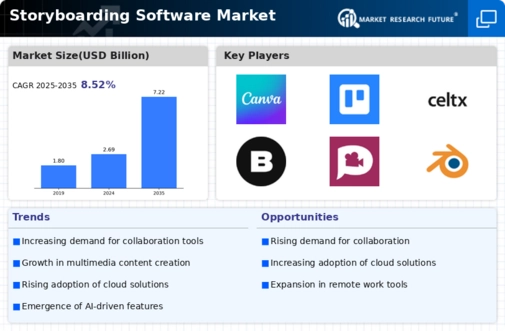

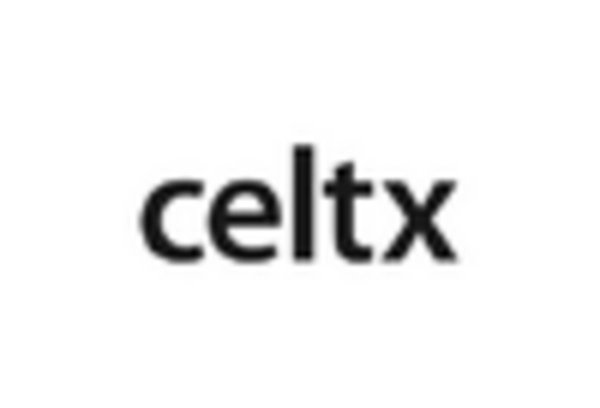

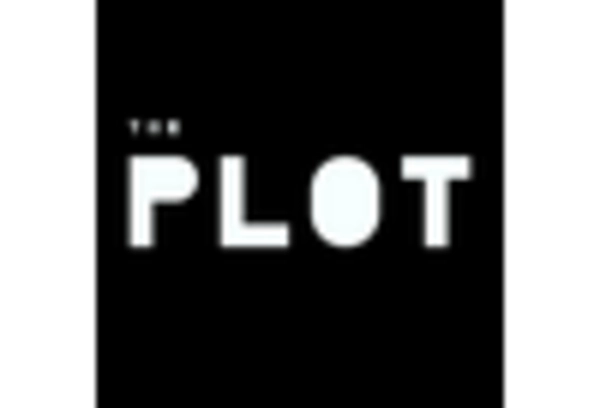
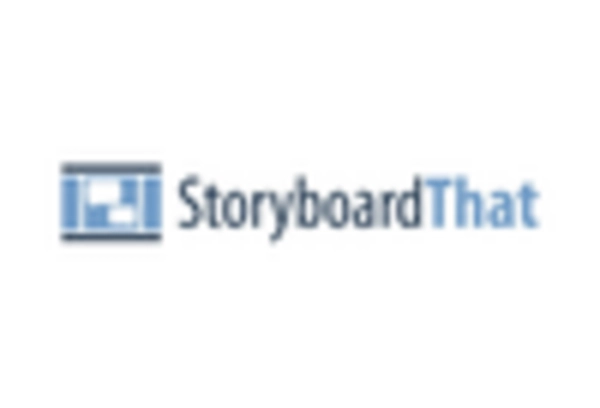
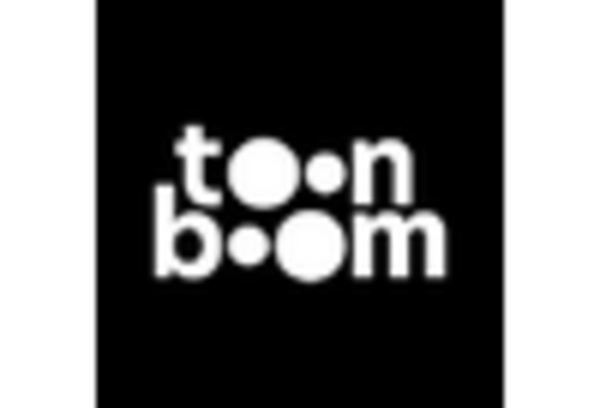








Leave a Comment